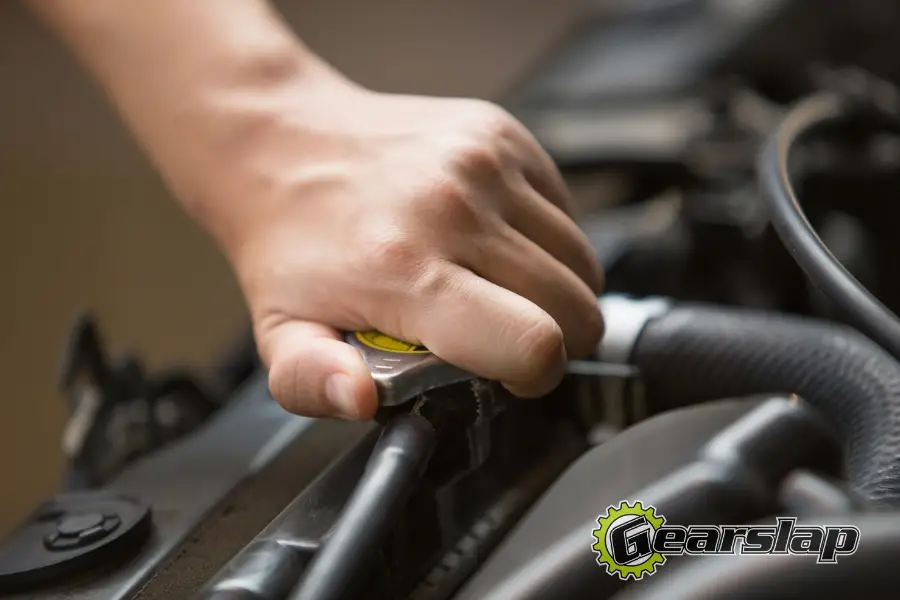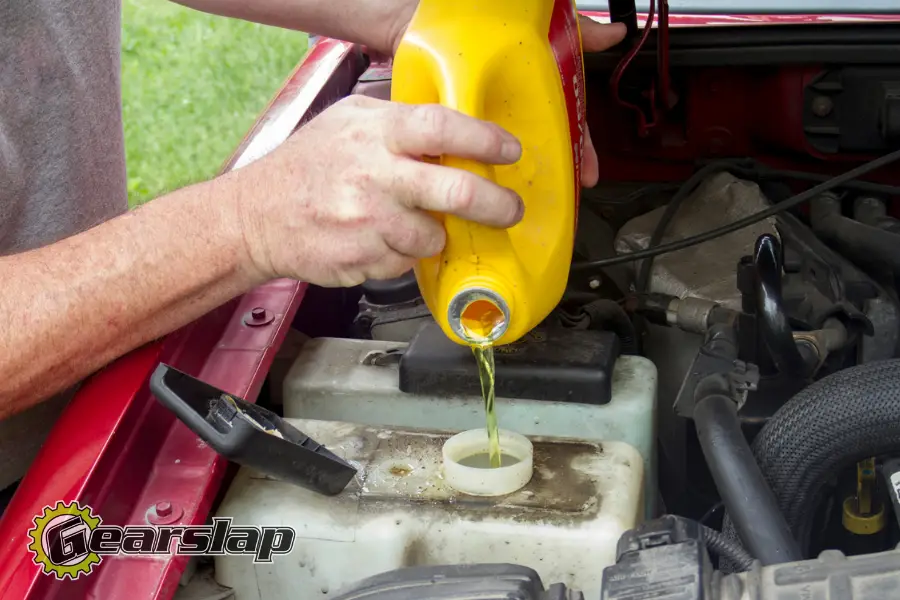Some people don’t even know what the engine coolant does, but as long as they have an idea that it keeps their engine from overheating, then they’re good. Unfortunately, this is not the case. Engine coolants are crucial for keeping your car running smoothly and efficiently.
They do so by helping regulate the temperature inside the cooling system and ensuring enough lubrication within the cylinder walls to maintain a steady torque output without overheating. If your engine isn’t functioning correctly due to low levels of fluid or dirty fluid, then you may be in for some serious engine trouble.
Engine Coolant Not Circulating
Your engine coolant is designed to keep your engine’s temperature from overheating. However, if your coolant isn’t being appropriately circulated due to a faulty part or system, you are at risk of overheating.
The coolant should be circulating to get hot and then go back into the radiator, where it can cool off again. If this system breaks down, heat cannot be transferred away from the engine and eventually overheats.
Engine Cooling System Overheating
Your car’s cooling system comprises several parts that work together for them all to function correctly so that everything is adequately cooled. These parts include fans, water pump, thermostat, radiator, hoses, and fluid. If any of these parts fail, the coolant may not be circulated correctly, and your car’s engine can overheat.
In addition, your radiator will need to work harder to try and clean itself if it is dirty or a leak somewhere in the system is present. There are several warning signs that you might notice if something is wrong with your cooling system.
What Are Some Symptoms of Poor Coolant Circulation?
If there is not enough engine coolant in the system, then overheating will occur. If your signs include heavy bubbling coming from your radiator cap or seeing steam coming out of the vehicle’s hood, then these could be indicators that your coolant levels are low or that something has gone wrong with your cooling system.
Your car may also overheat because of a lack of water pump lubrication (water pump failure) which means it isn’t pumping enough fluid to keep things at the right temperature. Here are some other signs to keep in mind.
You Need to Add More Fluid Than Normal
One of the most common signs that your engine coolant isn’t circulating as it should is if you notice that you need to fill up with more fluid than normal. That’s why it’s essential to check your coolant levels regularly so that you don’t get caught with a problem in your engine.
There’s a Puddle Under the Car After You’ve Been Driving
Another sign that your vehicle’s engine coolant isn’t circulating as it should is if you notice a puddle of fluid under the car after you’ve been driving. This could be an indicator that there’s a leak somewhere in your cooling system, and when the level gets low enough, it will start leaking onto the ground.
Coolant Level Has Dropped Significantly
When you start checking your fluid levels, it’s essential to take note of the current level so that if there is a sudden drop in coolant, you know where to look. Signs that the coolant isn’t circulating as it should include noticing a significant decrease in fluid levels after some time or seeing bubbles coming up from the bottom of your radiator.
There’s an Odd Color or Smell from the Coolant System
Another sign that there may be a problem with your vehicle’s cooling system is noticing an odd color or smell coming from the car. This could mean that fluid levels are low, but it could also point to an issue with corrosion, debris in the cooling system, or contamination.
If you notice any of these signs that your engine coolant isn’t circulating as it should, you will want to have a mechanic look to see what part or system is causing the problem to replace or repair it accordingly.
How to Fix Coolant That Isn’t Circulating
There are different ways to fix your engine coolant if it isn’t circulating as it should. If you need to add coolant, then you can purchase some from a local auto parts store and add it yourself or take it to a mechanic for them to fill up.
If there is a leak in your cooling system, then that’s a significant issue that will need professional attention to fix. You may notice bubbles coming up from the bottom of your radiator, but you can’t always rely on this because if there’s too much pressure, then it could be released into other systems or components instead. If that happens, it can damage other parts in your vehicle’s engine, including the pistons, cylinders, and other moving parts.
If you suspect that your cooling system is leaking, you should have a mechanic take a look and find the source of the issue to fix it accordingly. If possible, you may want to consider having them flush out your entire cooling system because even small leaks can turn into big problems if left alone for a long time.
How to Test Your Coolant Level
We have an extensive article on how to check your engine coolant levels that we wrote a few months ago. I recommend reading that for a better understanding. But if you’re looking for a quick overview, here’s how you can test your coolant levels:
One of the best ways to test your coolant level is with a hydrometer. A hydrometer has two glass balls in it; one end will fit into your radiator’s fill hole, while the other end sits inside the fluid in the radiator. First, turn on your car and allow it to run for about five minutes so that everything gets up to the average operating temperature.
Afterward, check the fluid level with your hydrometer and compare it to the manufacturer’s specifications to ensure that everything is fine.
There are other ways you can test your engine coolant levels other than using a hydrometer, but this will give you the most accurate results.
You could also collect some fluid from your oil cap or radiator using a turkey baster or syringe and then check the color against the two-glass hydrometer that most mechanics have. One of these methods will work for you to test if your engine coolant is circulating as it should.



